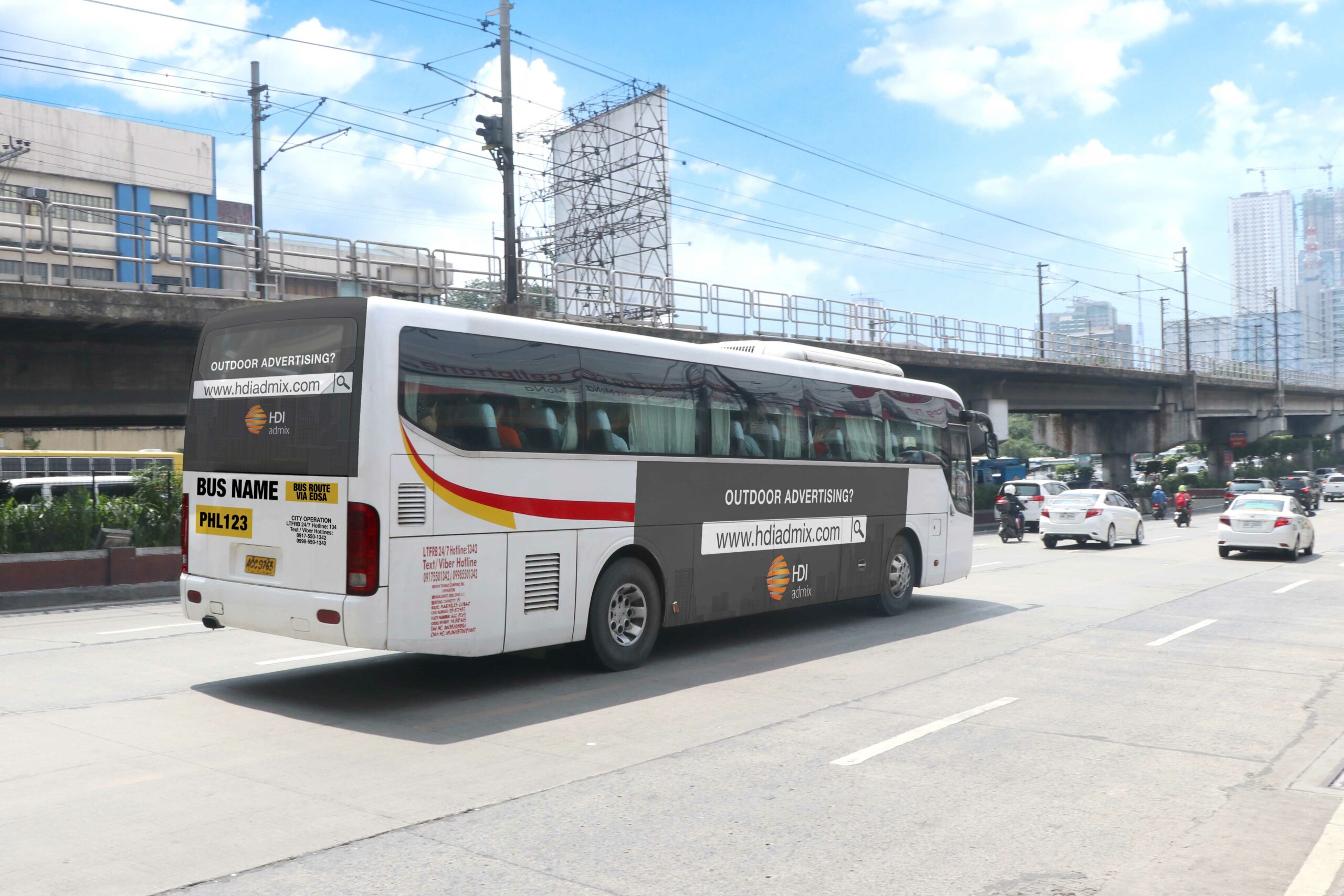Exactly How Transportation Marketing Can Change Public Transportation Spaces Into Dynamic Advertising And Marketing Platforms
Transportation advertising holds significant potential to redefine public transportation spaces into vibrant advertising platforms that notify and involve. As we check out the diverse benefits and progressing strategies of transit advertising, it raises the question of just how this makeover could redefine our interactions with both brands and the urban environment.
Advantages of Transportation Marketing
Additionally, transportation advertising is very economical compared to traditional media. It enables advertisers to accomplish high impressions at reduced prices, taking full advantage of return on investment. The restricted target market of travelers gives an opportunity for brands to communicate their messages to individuals who are often responsive throughout their travel times.
Furthermore, the vibrant nature of transportation advertising allows projects to be updated often, making certain that messaging stays timely and appropriate. This adaptability can be important in reacting to market trends or marketing occasions, keeping the brand top-of-mind for consumers. Finally, the prevalent visibility of transit marketing adds to brand name recall; duplicated direct exposure within familiar traveling contexts strengthens brand awareness and promotes customer commitment, inevitably enhancing and driving sales brand track record.
Kinds Of Transportation Advertising And Marketing
Public transport systems provide various styles for marketing, each satisfying different advertising methods and target market engagement methods. One prominent type is exterior bus and train wraps, which cover the whole vehicle and develop a mobile signboard result, enabling for high visibility in urban settings. These covers can record focus as they go across active roads, getting to a diverse audience.
One more prominent format is indoor advertising and marketing, that includes posters, digital screens, and advertisements on transportation seats. These placements engage passengers throughout their trip, reinforcing brand name messaging in a constrained area. Digital displays, in certain, provide the advantage of vibrant material, allowing marketers to upgrade messages in real-time.
Station advertising and marketing is likewise significant, including posters, banners, and interactive kiosks within transportation stations. These advertisements leverage foot web traffic and can target particular demographics based on area.
Finally, promotional collaborations with transportation authorities can bring about one-of-a-kind projects, such as themed transportation experiences or events, enhancing the overall interaction with commuters. Each kind of transit advertising supplies distinct benefits, allowing brands to tailor their approach to efficiently reach their target market within the general public transportation ecosystem.
Engaging Travelers Effectively
Commuters are significantly inundated with advertising and marketing messages during their day-to-day trips, making it important for brand names to involve them in innovative methods. To record attention in this congested room, advertisers should focus on creative thinking and relevance. Using eye-catching visuals and concise messaging can substantially boost the likelihood of interaction.
Interactive aspects, such as QR codes or increased truth functions, can additionally change fixed ads into immersive experiences, fostering a deeper connection with the target market. Brand names need to focus on dealing with travelers' interests and demands, tailoring messages to resonate with their lifestyle, whether with promotions for regional companies or solutions made to enhance their travelling experience.
Moreover, timing plays an essential function; tactically placing ads during height commuting hours can take full advantage of exposure and effect. Engaging commuters effectively additionally entails leveraging social media sites assimilation, allowing travelers to share their promotions or experiences directly from transportation systems, consequently magnifying brand reach.
In essence, reliable interaction depends upon comprehending the traveler journey and developing engaging, interactive, and appropriate advertising experiences that not just catch attention yet additionally drive action and commitment. By doing so, brand names can change public transportation right into a vibrant marketing system that reverberates with its audience.

Measuring Marketing Effect
How can brand names precisely analyze the efficiency of their marketing campaigns en route settings? Measuring the influence of transit advertising and marketing needs a multifaceted strategy that combines qualitative and measurable metrics. One widespread technique is tracking involvement with mobile analytics, where brand names can evaluate foot website traffic patterns and application interactions previously, throughout, and after projects.
Surveys can provide beneficial insights right into brand name recall and consumer belief, allowing brands to determine how well their messages see this page reverberate with travelers. In addition, checking social media sites interaction pertaining to specific campaigns can disclose changes in public understanding and brand discussion.

Furthermore, collaborating with transit companies can improve dimension precision, as they often possess in-depth demographic data on ridership fads. By integrating these methodologies, brands can develop an extensive understanding of their marketing efficiency, making sure that their projects not just get to however additionally impact their target market successfully.
Future Fads en route Advertising And Marketing
A substantial change is prepared for en route marketing as technological improvements and transforming customer actions improve the landscape. Transit Advertising Philippines. The combination of digital displays and interactive media is expected to boost involvement, allowing brand names to provide dynamic content that reverberates with varied audiences. As public transport systems welcome wise innovation, advertisers will certainly take advantage of real-time information analytics to customize messages based on passenger demographics and actions
Additionally, enhanced reality (AR) is positioned to reinvent the way travelers engage with advertisements. By giving immersive experiences, AR can transform a mundane journey right into an interesting narrative that catches interest and cultivates brand name commitment. This advancement will have a peek at this website likely urge advertisers to create even more experiential projects that drive customer communication.
Sustainability is one more vital trend influencing transit advertising. As ecological consciousness expands, brands will increasingly seek to line up with environment-friendly practices, using sustainable materials and advertising green campaigns within their campaigns.
Final Thought
Finally, transportation advertising and marketing offers substantial advantages by improving visit our website brand name visibility and engaging a restricted target market. Through different layouts, such as exterior wraps and electronic displays, it changes public transport into a lively advertising platform. Efficient involvement strategies and robust measurement strategies further enhance its effect. As trends progress, the possibility for cutting-edge communications in between brand names and travelers is poised to expand, making certain that transit marketing remains a crucial part of modern-day advertising and marketing strategies.
Transportation marketing holds considerable potential to redefine public transportation rooms right into lively marketing platforms that educate and engage. The pervasive presence of transportation marketing contributes to brand name recall; duplicated direct exposure within acquainted travel contexts reinforces brand name understanding and fosters customer commitment, ultimately driving sales and enhancing brand name track record.
How can brand names precisely evaluate the performance of their advertising projects in transit settings?In final thought, transit advertising and marketing uses significant benefits by improving brand name exposure and involving a restricted audience. Transit Advertising Philippines. As patterns evolve, the possibility for ingenious interactions in between brands and travelers is positioned to grow, making certain that transit advertising and marketing stays a vital element of modern-day advertising approaches